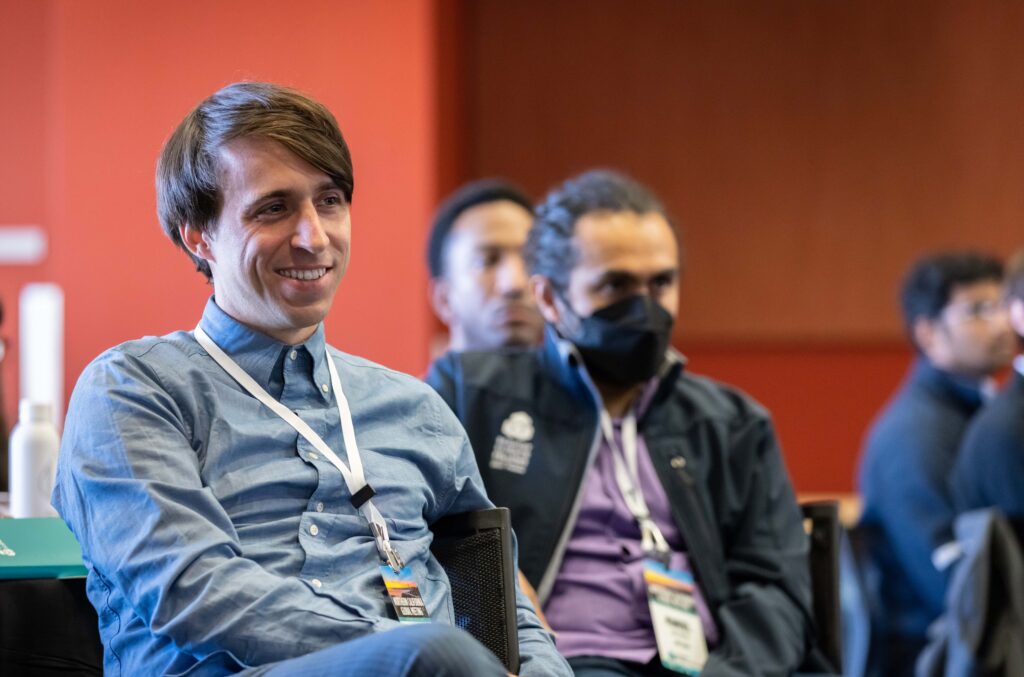Schmidt Science Fellow, Dr Fahim Farzadfard, and colleagues at MIT program human and bacterial cells to keep a record of complex molecular events – research published in Molecular Cell.
Using a technique that can precisely edit DNA bases, 2018 Schmidt Science Fellow, Dr Fahim Fazadfard and his colleagues at MIT have created a way to store complex “memories” in the DNA of living cells, including human cells.
The research has been published in Molecular Cell.
The new system, known as DOMINO, can be used to record the intensity, duration, sequence, and timing of many events in the life of a cell, such as exposures to certain chemicals. This memory-storage capacity can act as the foundation of complex circuits in which one event, or series of events, triggers another event, such as the production of a fluorescent protein.
“This platform gives us a way to encode memory and logic operations in cells in a scalable fashion,” says Dr Farzadfard, lead author of the paper. “Similar to silicon-based computers, in order to create complex forms of logic and computation, we need to have access to vast amounts of memory.”
Applications for these types of complex memory circuits include tracking the changes that occur from generation to generation as cells differentiate, or creating sensors that could detect, and possibly treat, diseased cells.
Timothy Lu, an MIT associate professor of electrical engineering and computer science and of biological engineering, is the senior author of the study.
Lu’s lab previously developed a memory storage system based on enzymes called DNA recombinases, which can “flip” segments of DNA when a specific event occurs. However, this approach is limited in scale: It can only record one or two events, because the DNA sequences that have to be flipped are very large, and each requires a different recombinase.
Lu and Farzadfard then developed a more targeted approach in which they could insert new DNA sequences into predetermined locations in the genome, but that approach only worked in bacterial cells. In 2016, they developed a memory storage system based on CRISPR, a genome-editing system that consists of a DNA-cutting enzyme called Cas9 and a short RNA strand that guides the enzyme to a specific area of the genome.
This CRISPR-based process allowed the researchers to insert mutations at specific DNA locations, but it relied on the cell’s own DNA-repair machinery to generate mutations after Cas9 cut the DNA. This meant that the mutational outcomes were not always predictable, thus limiting the amount of information that could be stored.
“This is very innovative work that enables recording and retrieving cellular information using DNA. The ability to perform sequential or logic computation and associative learning is particularly impressive,” says Wilson Wong, an associate professor of biomedical engineering at Boston University. “This work highlights novel genetic circuits that can be achieved with CRISPR/Cas.”
Read more about this research at MIT News.
The research was funded by the National Institutes of Health, the Office of Naval Research, the National Science Foundation, the Defense Advanced Research Projects Agency, the MIT Center for Microbiome Informatics and Therapeutics, and the NSF Expeditions in Computing Program Award.
Feature image credit: Fabbio Sanna.


